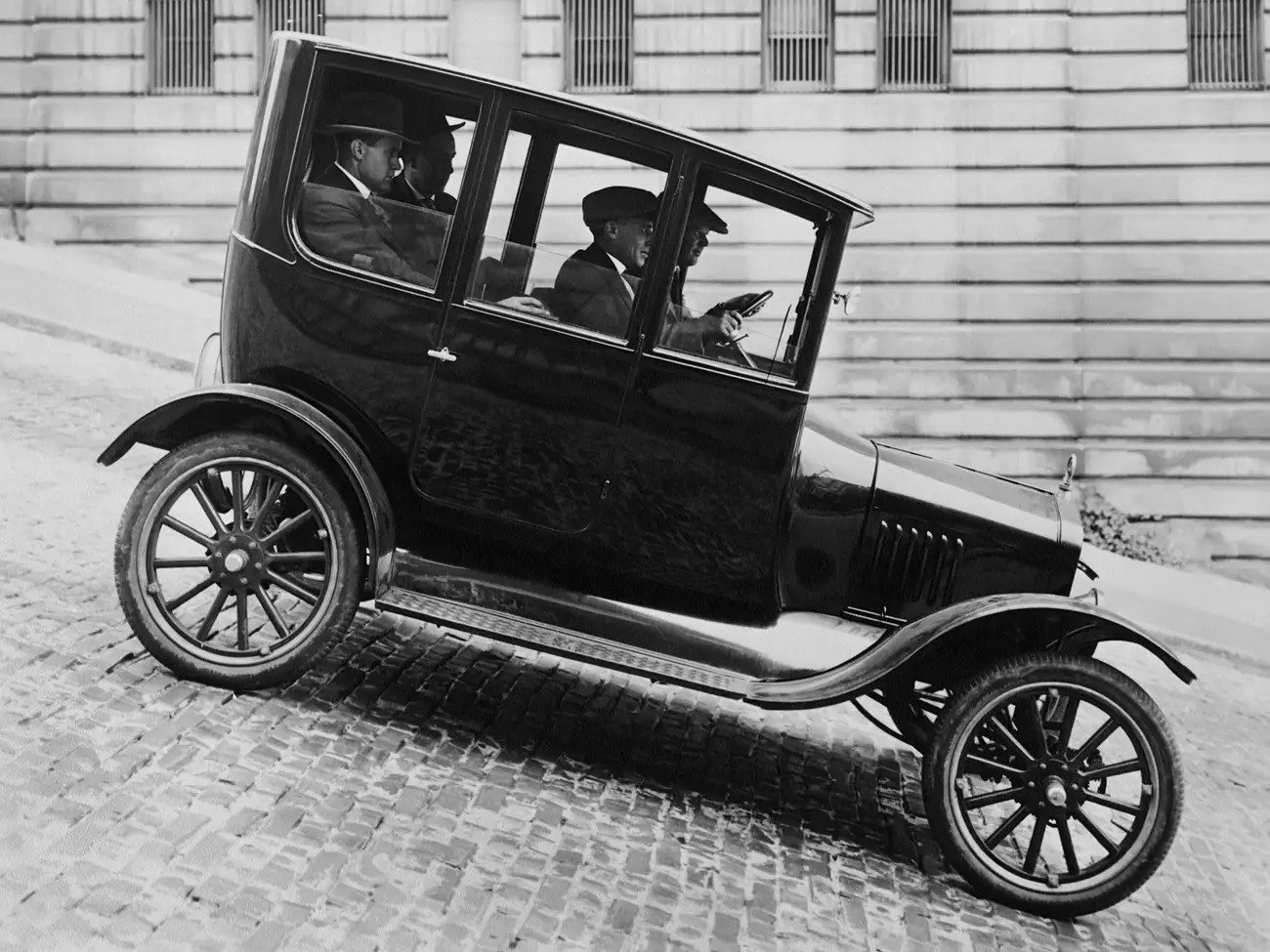
Many people romanticize the past, believing that life in “the good old days” was better than we have it today.
The reality, across every measure—from increased life expectancy and literacy rates to reduced violence and child mortality—tells a very different story.
Life 500, 100 or even 50 years ago, was painful, short, and filled with hardship.
As Sadhguru once said, “Technology has allowed humanity to take a break from survival.”
Truly understanding and internalizing that life for the average person today is MUCH better than it was in the past—and that this is the most exciting time in human history to be alive—is critical to making the shift from pessimism to optimism, and to developing an Abundance Mindset.
Over the next two blogs I’ll look back in time, recounting life in “the good old days”... first in the middle ages (circa the 1500s) and next week, back to the year 1923.
What did life really involve?
Let’s dive in…
A Typical Day in Europe, Circa 1523
In the heart of central Europe, in the early 1500s, nestled between the towering peaks of the Carpathian Mountains, lay the small, forgotten village of Krajina. The village was a patchwork of dilapidated huts, each one a testament to the brutal struggle for survival that marked the lives of its inhabitants.
In one such hut lived the Kovač family. The patriarch, Ivan, was a gaunt, weather-beaten man, his hands were calloused and scarred, his back bent from years of labor. His wife, Ana, was a shadow of the vibrant woman she once was. Their three children, Miroslav, Jana, and little Petar, bore the weight of their family's poverty in their thin, malnourished frames.
The Kovač family's workdays began before dawn, seven days per week. Ivan would trudge out into the fields, his body aching from the previous day's labor. Ana would rise with the children, preparing a meager breakfast of stale bread and watered-down milk. The children would then join their father in the fields, working until their hands were raw and their bodies screamed in protest. There was no room for rest or respite; every moment wasted was a morsel of food lost.
The family's meals were scant and infrequent. A thin soup of boiled potatoes and onions was a luxury, often supplemented by whatever wild berries or roots the children could forage. Meat was a rarity, a precious commodity saved for the harshest of winters.
Winter was the cruelest season. The biting cold would seep into their bones, the thin walls of their hut offering little protection. Firewood was scarce, and the family would huddle together for warmth, their breath misting in the frigid air. Illness was a frequent visitor, the children's coughs echoing through the silent nights.
The brutal reality of their existence was inescapable. Every day was a battle, every night a desperate prayer for a better tomorrow. The specter of death was an all too familiar presence in the Kovač household, particularly for the young ones. Infant mortality was high, and the survival of a child past their fifth birthday was considered a blessing. The children were often sickly, their immune systems compromised by malnutrition and the harsh living conditions. The common cold could quickly turn into a deadly pneumonia, and a simple cut could lead to a fatal infection.
Our Warped View of Life 500 Years Ago
Have you heard people say something like, “I wish we could live in a time before all of this technology ruined our lives?”
We often romanticize the past because we are ignorant of what life was really like. While the story of life above is fictional, it is informed by what historians know about ordinary life in the 16th century. And it’s fictional for a reason—there simply aren’t many written accounts at the time of people who weren’t wealthy.
After all, the Gutenberg press didn’t reach commercial use until 1450s and the widespread publication and distribution of books would take centuries to unfold.
As the writer Amanda Mull points out in an article about Medieval Europe in The Atlantic:
“During that time in Europe—and these references are almost always made to Europe—the majority of people, including virtually all peasants, were illiterate. Detailed records plotted the lives of royalty, nobility, and important religious figures, but there are relatively few primary sources that describe the day-to-day existences of regular working stiffs. If you can’t read or write, you can’t even keep a diary that someone might find 1,000 years later.”
Here's what we do know: life was short, brutal, and full of hardships in the 1500s. The average lifespan was just 35 years, and a third to half of all children died before they reached 16 years old. Epidemics swept through the country periodically, taking a heavy toll on the already beleaguered population.
No one had access to running water, indoor plumbing, electricity, nutritious food, automobiles, air conditioning, telephones, Lady Gaga, or Pokémon Go.
Seriously, even kings had it rough. Have you seen Game of Thrones—that, minus the dragons, plus more horseshit.
Does that sound like paradise to you?
In our next blog, we’ll get closer to the current day and look at daily life a century ago: in 1923.
My Playbook for Healthy Living
How I'm adding healthy years to my life...
I get a lot of questions about what I'm doing to extend my healthspan, so I wrote a book about it: Peter's Longevity Practices.
It's FREE and you can access it here: www.diamandis.com/longevity.
Everything is in there: diet, exercise, sleep, diagnostics, meds & supplements, and of course—mindset.
I discuss topics just like this on my podcast. Here’s a conversation I recently enjoyed:
A Statement From Peter:
My goal with this newsletter is to inspire leaders to play BIG. If that’s you, thank you for being here. If you know someone who can use this, please share it. Together, we can uplift humanity.
Topics: Abundance Entrepreneurship Abundance 360







